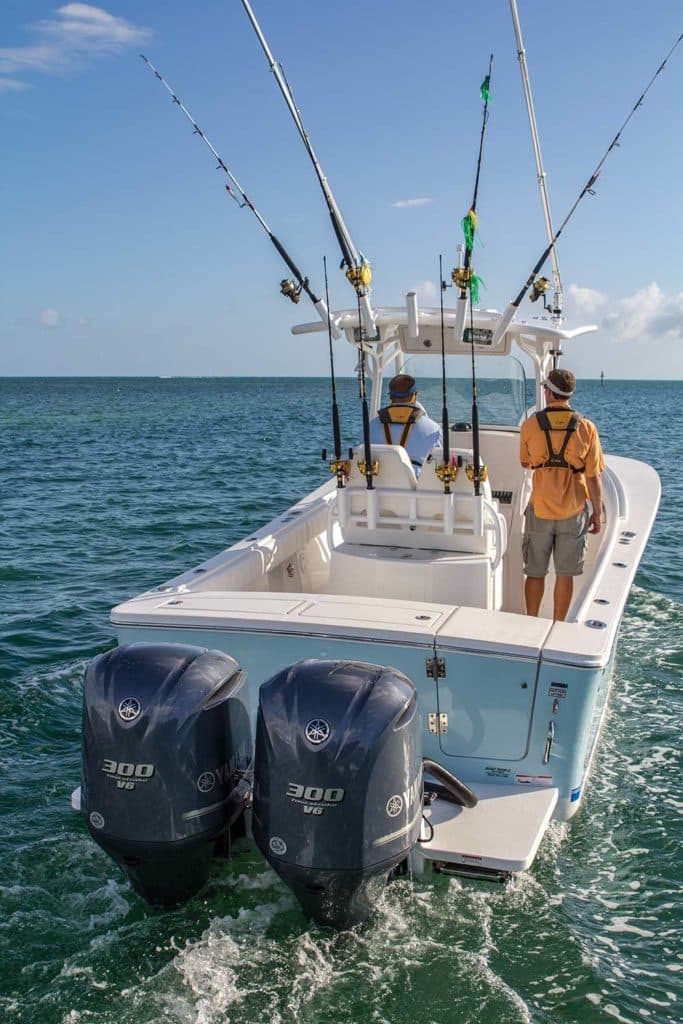
Summary: 5 Tips to Save Gas in Your Boat
- Prop your boat for maximum efficiency
- Shed extra weight in your boat
- Follow your engine’s recommended maintenance schedule
- Adjust to sea conditions by changing the trim
- Keep your boat’s hull clean of growth
Gas prices are high right now, so every dollar you save on fuel can be put to better use, like buying fishing tackle, for instance.
Modern direct-injection outboards are now significantly more fuel efficient, however, there are a few tricks to help you squeeze another mile or so per gallon, which will end up saving you some dough and perhaps also the hassle of having to carry extra fuel during long runs. With that in mind, here are five easy ways to improve your motor’s fuel economy and extend the range of your boat.
Prop your boat for maximum efficiency
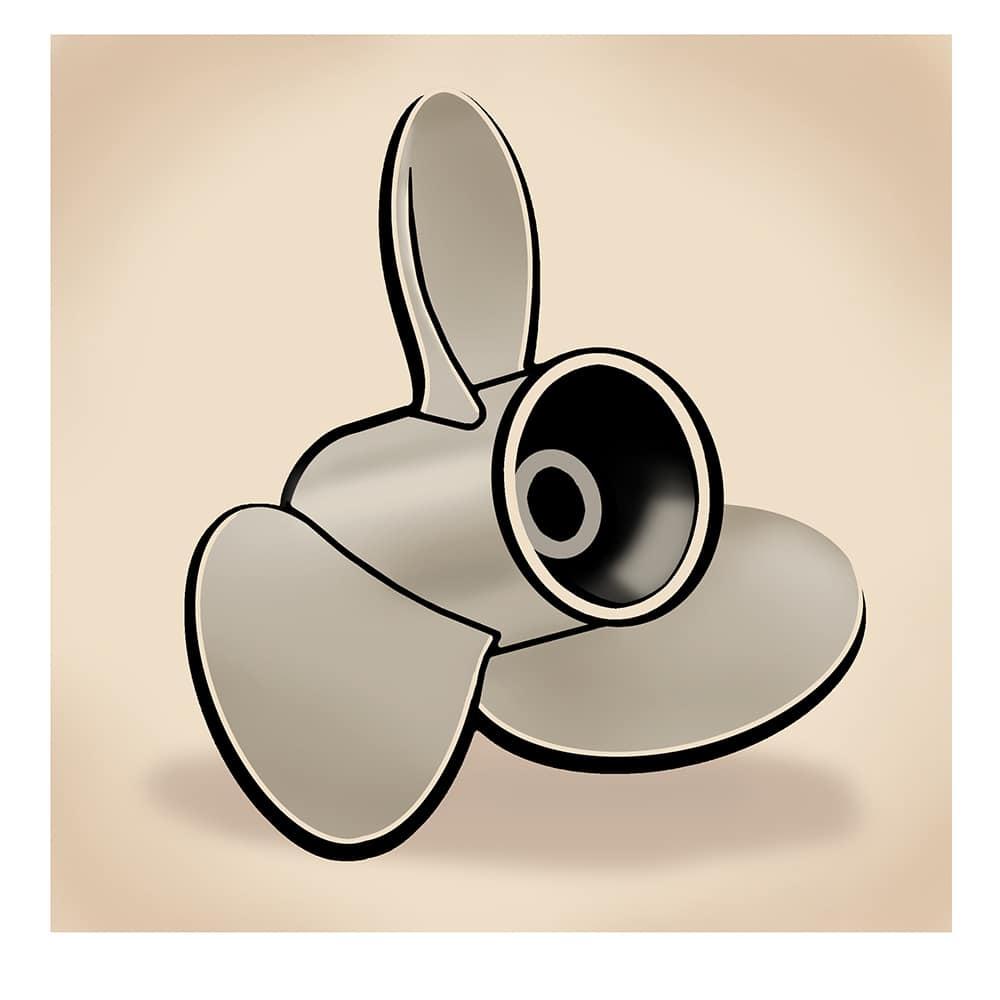
1. Prop It Right
Boats purchased from reputable dealers are usually rigged for standard performance, with the outboard or outboards set at normal engine height on the transom and usually matched with a stock, general-purpose propeller. But that’s not necessarily the ideal setup for your particular needs.
“Having the boat propped correctly maximizes engine efficiency,” says Tim Reid, Mercury’s vice president for product development and engineering. “Higher pitch props have less slip, and there can be as much as a 5 percent difference between propeller designs. If your motor has a larger gear case, it can support a bigger prop that will carry the load of the boat more efficiently. Prop damage, even a small ding, can lower fuel economy, as it won’t deliver the proper thrust. If you’re looking for better fuel economy, try two or three different props and see if that makes a difference.”
Shed extra weight in your boat
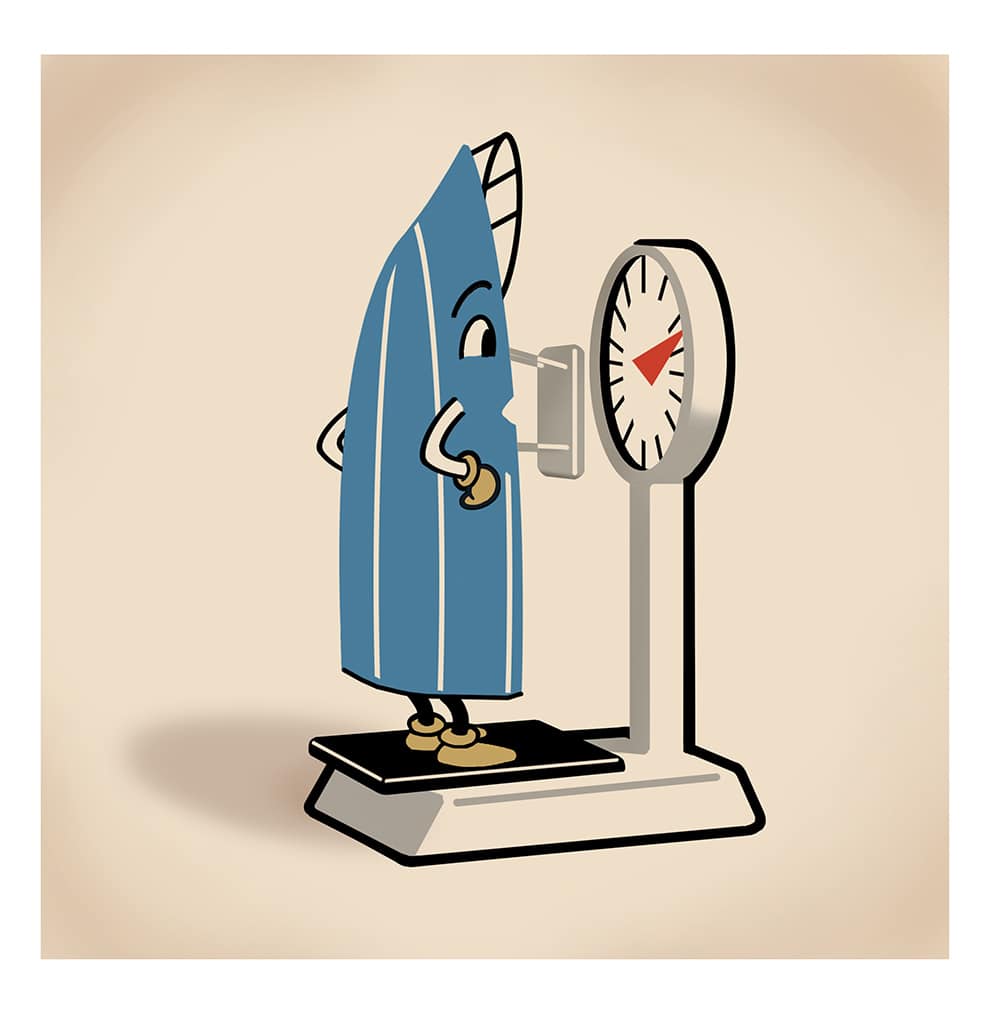
2. Boat Diet
The heavier the boat, the lower it sits in the water, which increases both drag and fuel consumption. The solution may be as easy as putting your boat on a diet.
“Your boat is the lightest it will be when you first buy it,” explains Ry Landry, a product information specialist with Yamaha Outboards. “As you start to use it, you bring stuff on board and much of it stays there. I call that weight creep. If you periodically go through the compartments and the console to remove stuff that’s not necessary for the next trip, you’re bound to lighten the load substantially and improve your mileage accordingly.”
“Weight is a killer,” adds Eric Miller, a technical advisor and engineering manager with Mercury. “Anything you can do to shed weight is a good thing, and that might be something as simple as draining the livewells before heading back in after fishing.”
Follow your engine’s recommended maintenance schedule
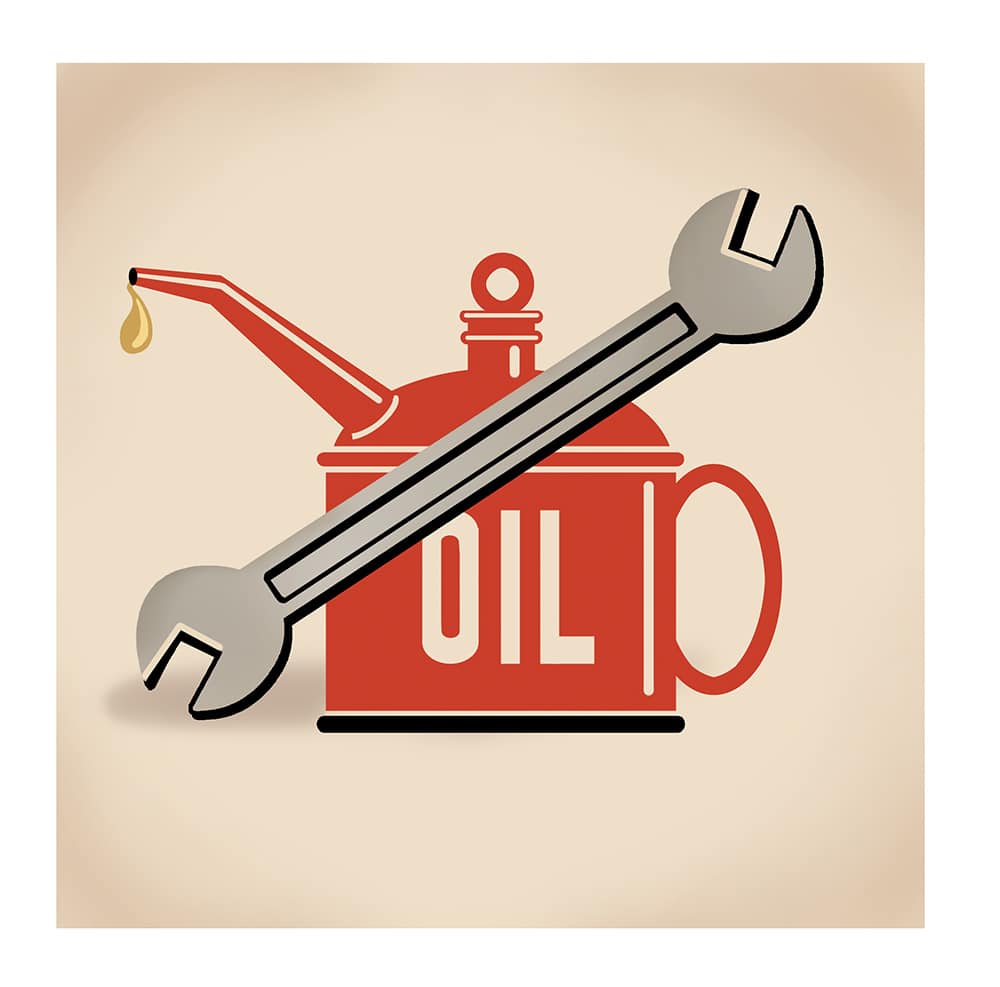
3. Fine-Tuned
Following your engine’s recommended maintenance schedule — that includes changing spark plugs, oil and filters at normal intervals — will keep it running at peak performance. Using the right gasoline helps too. With a few higher horsepower exceptions, most late-model outboards are designed to run on regular or midgrade octane gas. High-octane gas will only cost you more money and provide no real benefits.
Performance bulletins are another way to check how well your boat is running. Most boatbuilders offer performance data, which shows each model’s speed and fuel consumption with various engine and propeller configurations for comparison. Many are also accessible online on outboard manufacturers’ websites.
Adjust to sea conditions by changing the trim
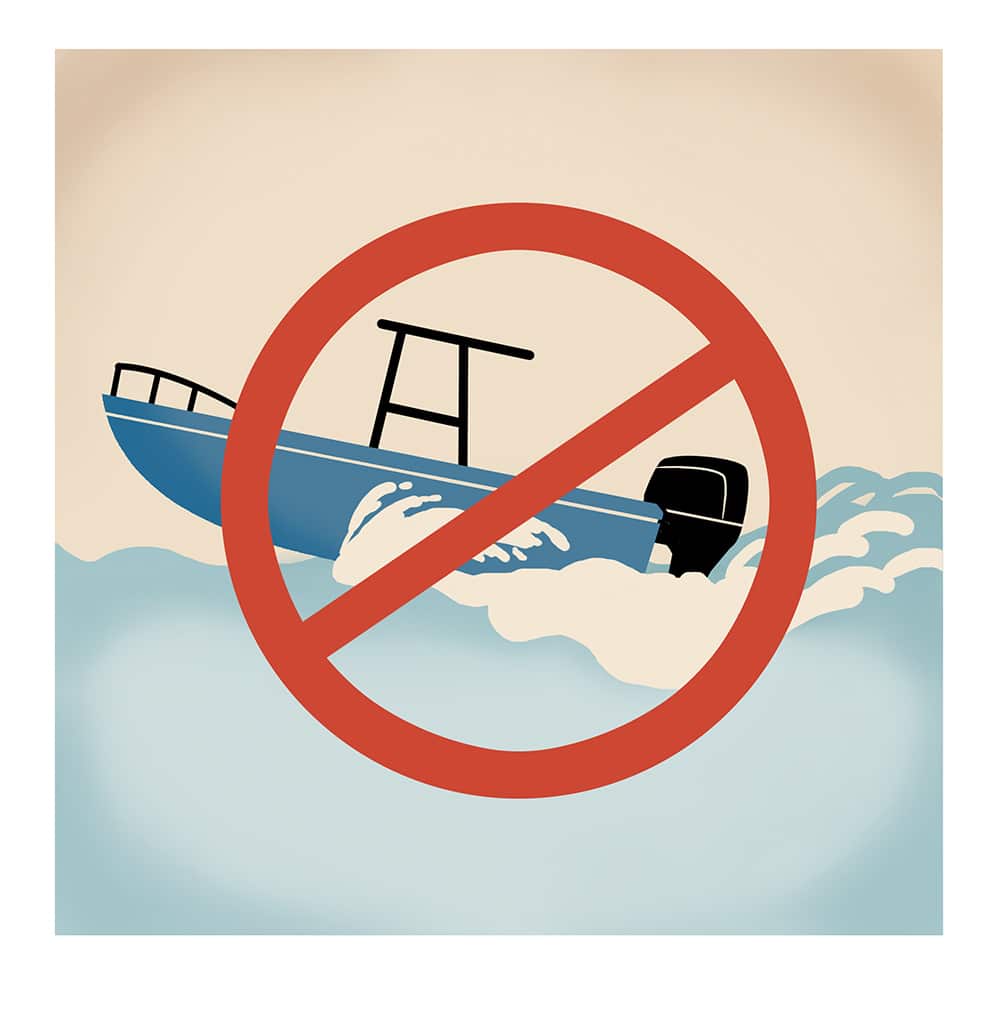
4. Right Attitude
“Boats in general are inefficient, the drag is so high,” Reid says. “Ideally, you want to get as much of the wetted hull surface as possible out of the water. More horsepower allows a better cruise and fuel economy, since the engine isn’t working as hard. You’ll get the best mileage when you’re running at 60 to 80 percent of the top speed of the boat. Exceed that 80 percent mark and you quickly start burning more fuel.”
“Adjusting to sea conditions by changing the trim really helps performance. Maximum trim is usually best,” Miller adds. “Auto-trim systems, which adjust trim constantly based on boat speed and running angle, are beneficial, since they take the guesswork out of setting it yourself at the right level. Fuel-monitoring systems, like the Eco-Screen feature on Mercury SmartCraft, monitor engine rpm, speed, fuel consumption and trim level to calculate for the maximum fuel efficiency.” Yamaha has a similar system in its CL7 touchscreen display that monitors and displays fuel flow, economy and miles per gallon.
Read Next: Planning Boat Trips
“It ultimately comes down to a balance between durability and fuel economy,” Reid says. “You’re always looking for the sweet spot. At times you might be burning a little more fuel, yet the engine will be running more efficiently, which will keep it cooler and prolong its service life.”
Keep your boat’s hull clean of growth
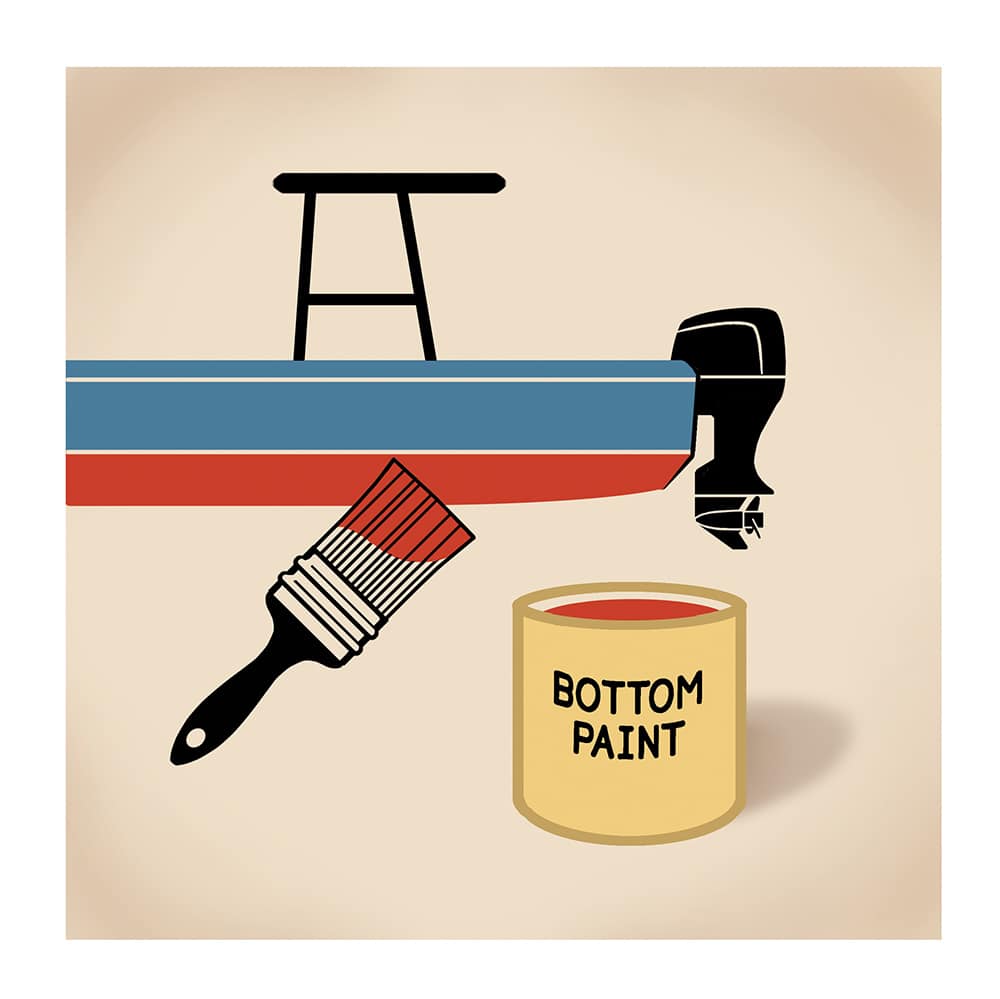
5. Clean, Not Green
No matter what other measures you take to improve your boat’s performance and fuel efficiency, don’t forget about what’s below the waterline. Marine growth quickly accumulates when your boat stays in the water, and that added texture on the bottom considerably increases drag, zapping fuel economy in the process.
“It’s not something you necessarily see or think about, but marine growth — algae and barnacles — really degrades performance,” Landry says. “If you just manage to keep the bottom of the hull clean, you’ll notice a major difference.” Regular haul-outs and cleaning or applying bottom paint will keep the fuzz and barnacles at bay.









